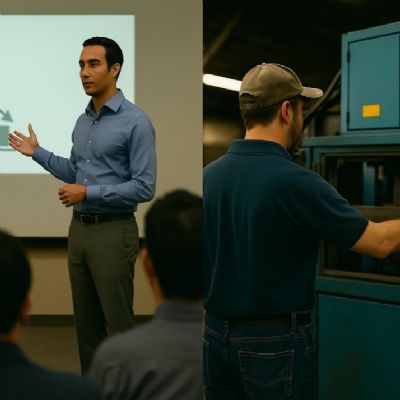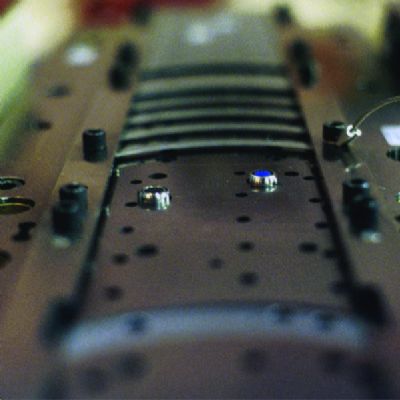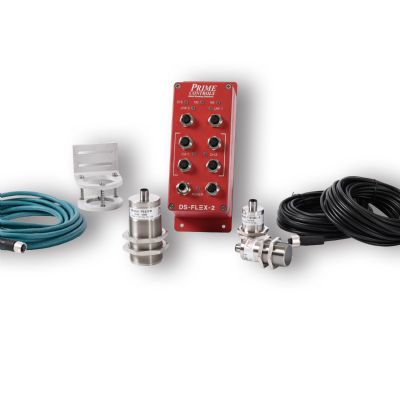Wireless I/O Stamps Out Press Downtime at Gestamp
June 1, 2009Comments
At the Gestamp plant in McCalla, AL, a pair of 2000-metric-ton transfer presses produces automotive stampings at production rates as high as 1800 parts/hr. Recently, the plant struggled with the big presses, as at least once a quarter the hardwired network controlling the presses suffered cable degradation and caused a downtime event. Each occurrence caused the entire operation to shut down for as long as 2 hr.
Gestamp, a Tier One Spanish-based automotive supplier, operates 56 production centers in 17 countries; the McCalla plant primarily feeds the Mercedes-Benz assembly plant in Tuscaloosa, AL.
“The RG-6 coaxial cable we were using for the hardwired network cost $57/ft. to replace,” says Mike Mullins, press maintenance team leader, “and we had to replace about 165 ft. each time the system went down. The cable alone cost $9400 to $9500 per outage, plus the costs related to system shutdown. We once estimated overhead costs of downtime at $2500/hr., and it typically took a couple of hours to replace the cable.”
In total, the plant would spend approximately $14,500 each time it had to replace the cable, plus the value of the 1500 to 2400 parts that could not be produced during the outage.
“It wasn’t uncommon for this cycle to repeat every two to three months per press,” says Mullins.
The cable wasn’t as much the problem as were the demands placed on it. The cable ran along a corner at such a sharp angle that it inevitably wore. So, Gestamp searched for a more reliable wireless network, but questioned whether a wireless system would be effective given that wireless points would need to be affixed in a partially obstructed location beneath the press bolsters.
“What we really needed was a radio that could communicate through a 10-in.-thick plate of steel,” comments Mullins.
For a solution, Mullins installed, in 2007, six frequency-hopping Ethernet radios from ProSoft Technology, Bakersfield, CA, to work with Gestamp’s existing ControlLogix programmable automation controllers.
Kevin Zamzow, ProSoft Technology’s strategic product manager for wireless technologies, explains how the solution works: “When the direct path (line-of-sight) is obstructed, a signal will reflect off of other objects, taking an alternate path to the receiving radio. Because there are multiple reflections, the signals arrive at the receiving radio at different times, so the radio needs to be able to distinguish between the different signals. The frequency-hopping radios can work with reflected signals because of the narrow band “hops” and changing frequencies, making them less impacted by multipath interference compared to higher speed, wider band technologies.”
To replace the hardwired system, four communication adapters—one for each press bolster—were replaced with EtherNet/IP adapters and a ProSoft Technology Ethernet radio. Each controller was fitted with a second Ethernet card and an Ethernet radio.








